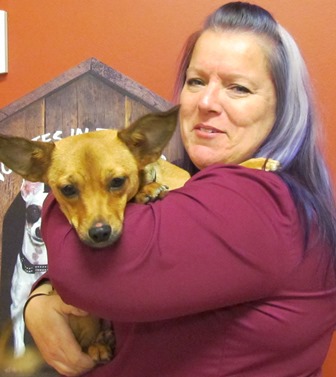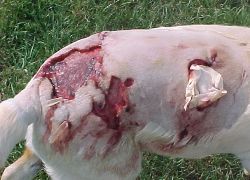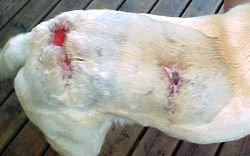
Soft tissue surgery includes surgeries not associated with bone. Examples of soft tissue surgeries and their benefits are listed below.
Probably the most common soft tissue surgery performed at our clinic is the removal of warts, cysts, masses or ‘lumps’ on animals. Most of these masses or ‘lumps’, once removed and tested, are benign (non-harmful); however, occasionally they are more serious. Early removal and accurate diagnosis of a ‘lump’ is necessary to improve the outcome in your pet if the mass is cancerous. Lacerations are also common in pets and suturing will reduce the chance of infection, improve healing time and reduce scarring.
Many breeds of dogs are susceptible to ear infections. Surgical treatment on ears improves air flow into the ear canal and can reduce the occurrence of ear infections.
Tearing in your pet’s eyes can mean an infection is present or it may be a sign the cornea (outer layer of the eye itself) has been damaged. A damaged cornea may require soft tissue surgery to allow the cornea to heal faster with less scarring. Less scarring will improve the ability of your pet to see. In some animals, the cornea (outer layer of the eye) may be damaged by the eyelid hairs surrounding the eye. Surgical intervention involving the eyelid improves the comfort in these animals. It also reduces the chances of corneal scarring and enhances the animal’s vision in the long term. Cherry eye or third eyelid gland prolapse surgery is another common soft tissue procedure we do frequently.
Some of the worst soft tissue trauma cases we see, such as this dog fight bite wounds, will heal with proper veterinary treatment, nursing care and a tincture of time.


